Metal detecting at the beach is a hobby that combines the allure of treasure hunting with the relaxing atmosphere of the seaside. But before you grab your detector and head to the shore, it's important to know the ins and outs of this very lucrative hobby.
Key Takeaways:
- Understanding the legalities and regulations of beach metal detecting is crucial before starting.
- The right equipment, including a continuous multi-frequency detector and a sand scoop, can significantly increase your chances of finding treasure.
- Knowledge of beach conditions, such as local tidal patterns and sand mineralization, is essential for successful detecting.
The Legal Landscape of Beach Metal Detecting
Before you start scanning the beach with your metal detector, it's important to know the rules. Not all detectors are allowed everywhere; some beaches, especially those in national parks or on private property, may have restrictions or require permits.
Always check local laws and regulations to ensure you're not trespassing or breaking any rules.
Equipment Essentials for Beach Detecting
Beach metal detecting basically entails having the right gear. A non-suitable detector might leave you digging trash instead of treasure. A continuous multi-frequency detector is ideal for handling wet sand's mineralization.
Additionally, a sand scoop is indispensable for sifting through beach sand and extracting your finds.
Understanding Your Metal Detector
A very chatty detector can be overwhelming. Learning how your detector differentiates good targets from unwanted targets is key.
This involves understanding target IDs, adjustable sensitivity, and how discrimination takes practice. A detector with tried and proven method for beach detecting will make the experience more enjoyable and productive.

The Science of Sand: Dry vs. Wet
Beach detecting involves understanding the difference between dry sand detecting and wet sand detecting. Dry sand is easier to scan and less mineralized than wet sand, making it simpler to find targets.
Wet sand detecting, on the other hand, requires a detector with ground balance features to handle wet sand's mineralization.
Timing Your Treasure Hunt with Tides
Local tidal patterns can expose new areas for detecting or bring targets closer to the surface. Detecting after a high tide might reveal long lost targets, while low tide line detecting can lead to interesting objects that are otherwise submerged.
The Art of Sifting: Choosing the Right Sand Scoop
A good sand scoop can make the difference between recovering a find and losing it. The scoop should be durable and designed to filter out sand quickly while retaining potential targets. It should also be comfortable to use for extended periods.
Detecting Strategies for Beach Terrain
When detecting on the beach, it's important to have a strategy. Some detectorists recommend starting at the towel lines where people play beach sports, as this is where you might find loose change or gold and silver jewellery. Others suggest scanning around sun shades and lifeguard towers.
Unveiling the Secrets of Multi-Frequency Detection
Metal detecting on the beach can often feel like you're a modern-day treasure hunter, uncovering secrets hidden beneath the sands. But not all metal detectors are created equal, especially when it comes to dealing with the challenging conditions of the beach.
A continuous multi-frequency detector is your best bet for navigating the mineralized environment of wet sand compared to single-frequency models.
These advanced detectors, like those featuring Minelab's Multi-IQ technology, can simultaneously transmit multiple frequencies, allowing them to differentiate between different targets and reduce the likelihood of digging up an unwanted target.

The advantage of using a continuous multi-frequency detector is that it can adapt to the varying conditions of the beach. Whether you're sweeping over the dry sand or venturing into the wet sand's mineralisation, these detectors maintain their sensitivity to good targets.
This means you're less likely to pass over hidden treasure because your non-suitable detector was thrown off by saltwater's conductive properties. With the right equipment, you can trace a nice straight line along the towel line or explore at a perpendicular angle to the waves, increasing your chances of success.
Exploring Continuous Multi-Frequency Detectors
Metal detecting on the beach can be a thrilling adventure, and the type of detector you choose plays a pivotal role in your success. A continuous multi-frequency detector is designed to operate across a range of frequencies simultaneously, which is particularly beneficial when dealing with the challenging conditions of wet sand's mineralization.
Unlike a non-suitable detector that might struggle with the conductivity of salty, mineral-rich environments, multi-frequency models excel in providing more accurate target identification and depth penetration, making them ideal companions for the serious beachcomber.
The superiority of continuous multi-frequency detectors is evident when dry sand is compared with wet sand.
Dry sand typically presents fewer challenges and can be effectively scanned with a variety of detectors. However, when you transition to the wet sand and into the surf, the mineralization can cause false signals and frustrate the treasure hunter.
This is where the prowess of a continuous multi-frequency detector shines, as it can filter out the noise and help you locate the treasures that lie beneath the mineralized layer, turning a potentially fruitless search into a successful outing.
Maximizing Finds with Continuous Multi-Frequency Detectors
When it comes to metal detecting at the beach, the use of a continuous multi-frequency detector can significantly enhance your success rate.
Unlike single-frequency detectors, these advanced machines operate on various frequencies simultaneously, allowing them to detect a broader range of metal objects buried in the sand.
This technology is particularly effective in overcoming the challenges posed by wet sand's mineralization, which can mask valuable targets. By transmitting multiple frequencies, these detectors can differentiate between trash and treasure more accurately, ensuring that you don't miss out on any hidden gems.
The superiority of continuous multi-frequency detectors is evident when dry sand compared to wet sand detecting scenarios are analyzed. In dry sand, most detectors perform adequately, but when it comes to the conductive properties of wet sand, non suitable detectors often falter, providing false signals or missing targets altogether.
Continuous multi-frequency detectors, however, maintain their performance by adjusting to the mineralized conditions, offering a stable threshold and precise target identification. This adaptability makes them an indispensable tool for any serious beach detectorist.

Harnessing Minelab's Multi-IQ Technology for Beach Detecting
Minelab's Multi-IQ technology represents a leap forward in metal detecting capabilities, especially for beach enthusiasts. This innovative feature, found in Minelab detectors, employs simultaneous multi-frequency detection, which is a game-changer for dealing with the challenging conditions of saltwater beaches.
The technology is designed to provide consistent performance across all frequencies, which means that whether you're sweeping over dry sand or braving the wet sand's mineralisation, you're equipped with the power to uncover what lies beneath without the need to switch modes or adjust settings.
For those who frequent their local beach with a metal detector in hand, Minelab's Multi-IQ technology offers a significant advantage. It's not just about the increased detection depth or the improved sensitivity to all metal types; it's also about the time saved and the frustration avoided.
With a Minelab detector, you can focus more on the thrill of the hunt and less on the technicalities of your equipment. As you become more familiar with the nuances of your detector, you'll find that your efficiency and effectiveness as a treasure hunter will soar, making every trip to the beach a potentially rewarding adventure.
Harnessing Minelab's Multi-IQ Technology for Beach Detecting
When discussing advanced metal detecting technologies, Minelab's Multi-IQ technology often comes to the forefront. This innovative approach is at the heart of some of the most sophisticated continuous multi-frequency detectors on the market.
Minelab's technology is engineered to provide a comprehensive analysis of the ground conditions, allowing detectorists to uncover hidden items that other detectors might miss, especially in the challenging wet sand zones of local beaches.
The Multi-IQ technology is a game-changer for enthusiasts looking to elevate their beach detecting game.
The practical benefits of Minelab's Multi-IQ technology are numerous. For instance, it enables the detector to perform with high efficiency on both dry and wet sands without the need to switch modes or adjust settings.
This seamless transition between different beach terrains means that detectorists can spend more time sweeping for treasures and less time fiddling with their equipment.
Moreover, the technology's ability to discriminate between valuable finds and trash targets is a significant advantage, reducing the frustration of digging up non-valuable items and enhancing the overall detecting experience.
Whether you're combing the dry sand for lost jewelry or braving the wet sand's mineralisation, Minelab's Multi-IQ technology is your ally in the quest for beach treasures.

Mastering the Technique: The Detectorist's Approach
When it comes to beach metal detecting, technique is just as important as the equipment. One popular method is to search in a pattern that ensures you cover the ground thoroughly.
For instance, walking in a nice straight line along the towel line – where beachgoers are most likely to lose items – can be particularly fruitful. After completing a pass, turn around and walk back in the opposite direction, slightly overlapping your previous path to ensure no spot is left unchecked.
This systematic approach helps in covering large areas without missing potential finds.
Another technique is to search at a perpendicular angle to the waves. This method can be especially effective after high tide, as the receding waters may leave behind hidden treasures.
While detecting, it's crucial to use a detecting scoop designed for the beach – one that can handle wet sand and easily sift through to reveal any finds. Remember, the goal is to retrieve targets efficiently without causing unnecessary disruption to the beach.
By combining a strategic search pattern with the right tools, like a well-designed detecting scoop, you can increase your chances of unearthing that elusive good target amidst the vast sandy expanse.
Reading the Beach: Identifying Promising Spots
Experienced detectorists can read a beach and identify areas where treasure is likely to accumulate. This includes the shell line, where lighter objects tend to gather, and the soft sand, which can hide more valuable items.
The Challenge of Salt Water and Mineralization
Salt water and wet sand's mineralization can cause false signals in most detectors. A continuous multi-frequency detector or one with Minelab's Multi-IQ technology can help overcome these challenges by adjusting to react differently to the conductive properties of salt water.
Discrimination: Your Detector's Best Friend
Discrimination is a detector's ability to ignore certain types of metal, like a large fishing sinker or a can pull tab. This feature takes practice to master but can save you from digging trash and help you focus on finding lost jewellery or other valuable items.

The Importance of Being Sun Smart
Metal detecting on a hot day means you need to be sun smart. Wear sunscreen, a hat, and bring plenty of water to stay hydrated. It's important to take care of yourself while pursuing this hobby.
Etiquette and Consideration for Others
Always be considerate of others when beach detecting. Avoid areas where people are playing beach sports or sunbathing. If you're detecting near sun shades or lifeguard towers, be mindful not to disturb the peace or invade anyone's privacy.
What to Do with Your Finds
Once you find treasure, it's important to know what to do with it. If the item is valuable or could be considered historical, you may need to report it to the land owner or local authorities. Always follow the local regulations regarding finds.
Cleaning and Preserving Your Beach Finds
After finding treasure, cleaning and preserving it is important. Some items, especially gold and silver jewellery, can be cleaned with simple household products, while others may require more specialized care.
Joining a Community of Beach Detectorists
Joining a community of beach detectorists can be beneficial. You can learn from others, share tips, and even join group hunts. Look for local clubs or online forums to connect with fellow enthusiasts.
Some Final Thoughts
Beach metal detecting is a fascinating hobby that can be both relaxing and rewarding.
With the right knowledge, equipment, and respect for the environment and local laws, anyone can enjoy the thrill of unearthing hidden treasures along the shoreline. Remember to be prepared, stay informed about the beach conditions, and always metal detect responsibly.
Can You Metal Detect at the Beach
FAQ's
Is it legal to metal detect on all beaches?
No, it's not legal to metal detect on all beaches. Some beaches, especially those within national or state parks, may have restrictions or bans on metal detecting. Always check local regulations before you start.
What type of metal detectors are best for beach detecting?
A continuous multi-frequency detector or one with technology like Minelab's Multi-IQ is best for beach detecting, as they can handle wet sand's mineralization and salt water better than single-frequency detectors.
How do I know where to start detecting on the beach?
Look for areas where people congregate, such as towel lines, or search around structures like sun shades and lifeguard towers. Pay attention to the local tidal patterns and try detecting after high tide or along the low tide line for potentially uncovered treasures.
Is it legal to metal detect at the beach?
In many cases, metal detecting at the beach is legal, but it's crucial to check local regulations. Some beaches may have specific rules or restrictions to protect the environment, artifacts, or public safety. Always obtain permission from relevant authorities and be aware of any permits required before metal detecting at a particular beach.
What equipment is suitable for beach metal detecting?
Beach metal detecting requires specialized equipment due to the presence of sand and water. Opt for a waterproof metal detector to handle wet conditions and consider using a sand scoop for easy retrieval. It's also essential to use corrosion-resistant materials to prevent damage from saltwater. Additionally, bring a sturdy pouch or bag to collect and carry your finds.
What are some tips for responsible metal detecting at the beach?
Responsible metal detecting is crucial to preserve the environment and respect others. Fill any holes you dig, as leaving them open can be hazardous. Be mindful of local wildlife and follow a "leave no trace" approach. If you find any historical artifacts, report them to local authorities. Lastly, always adhere to the principles of "pack in, pack out" to ensure the beach remains a pristine and enjoyable place for everyone.

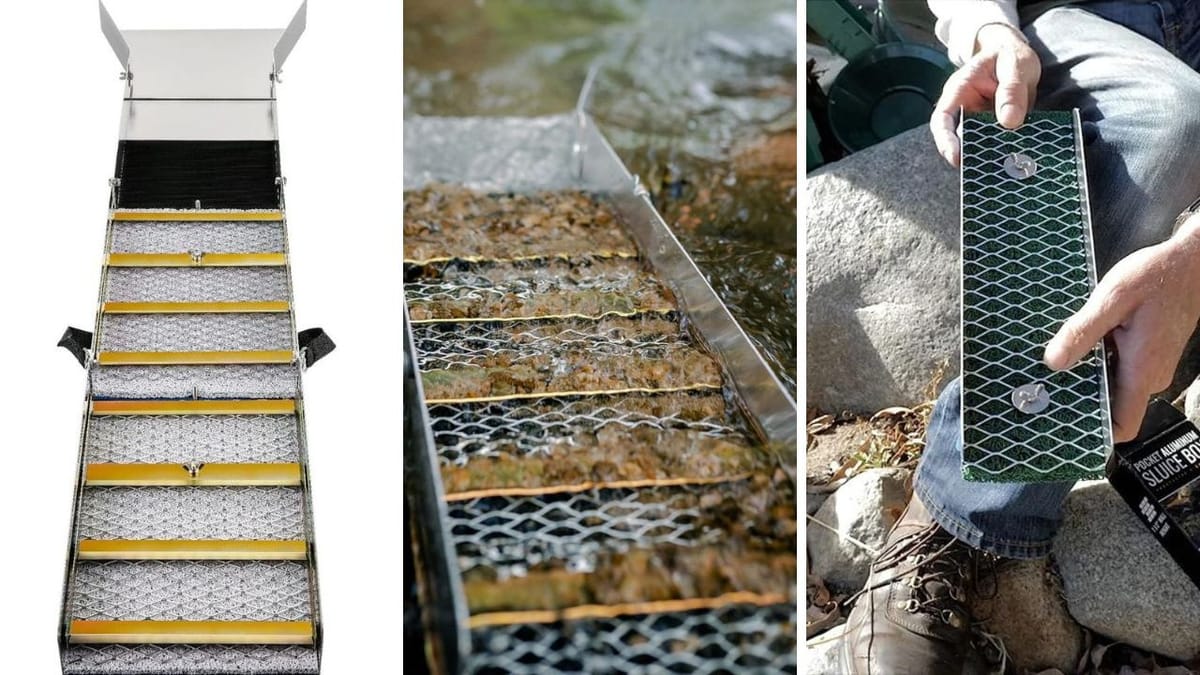






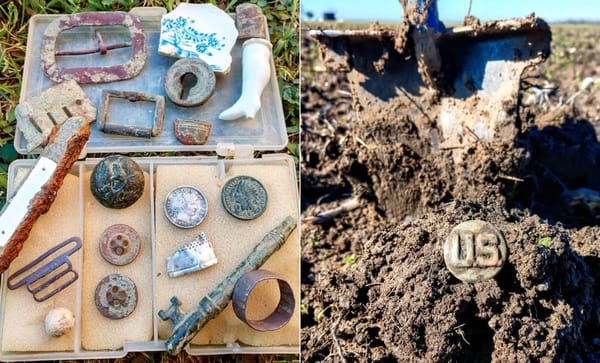
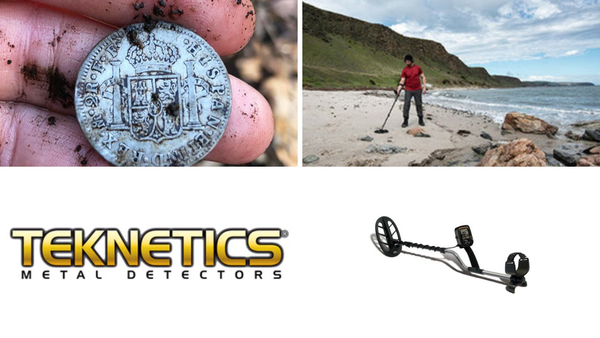
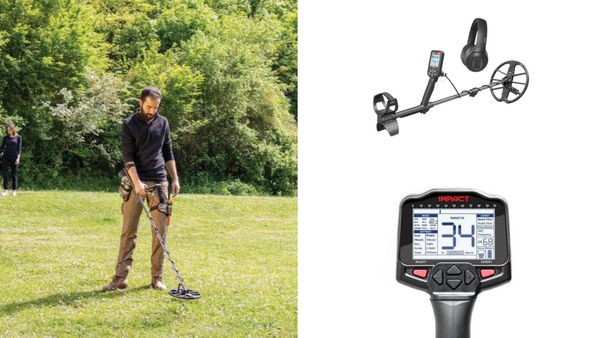
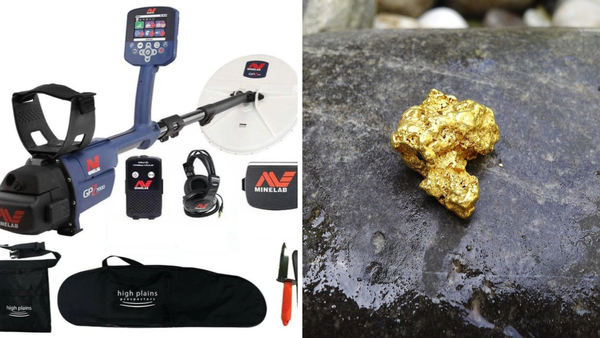
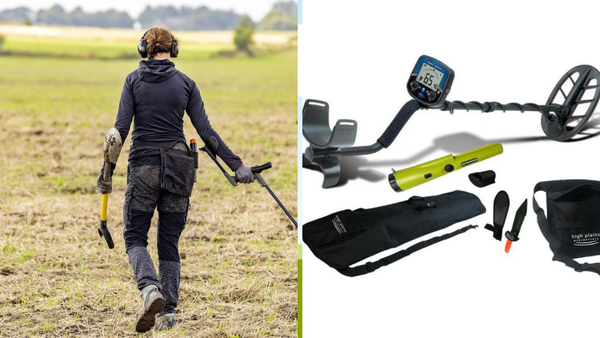
Member discussion